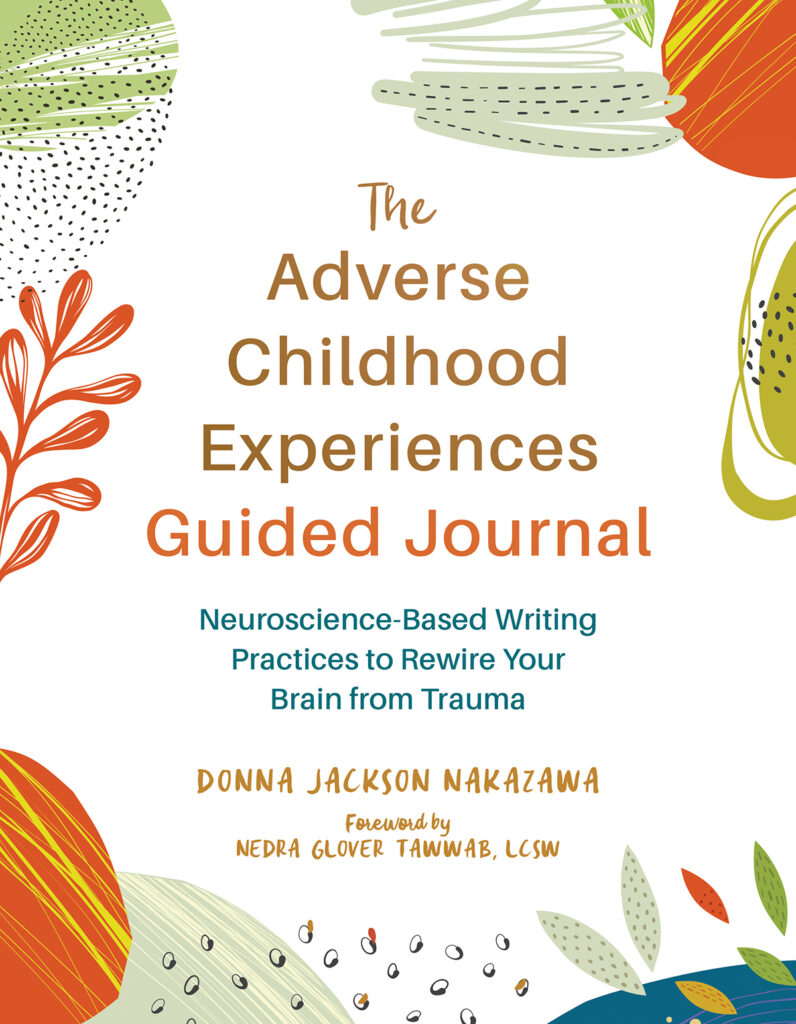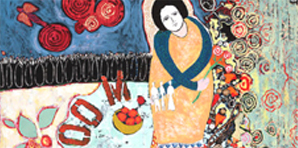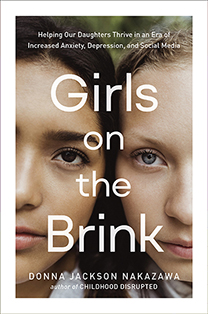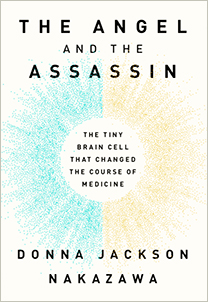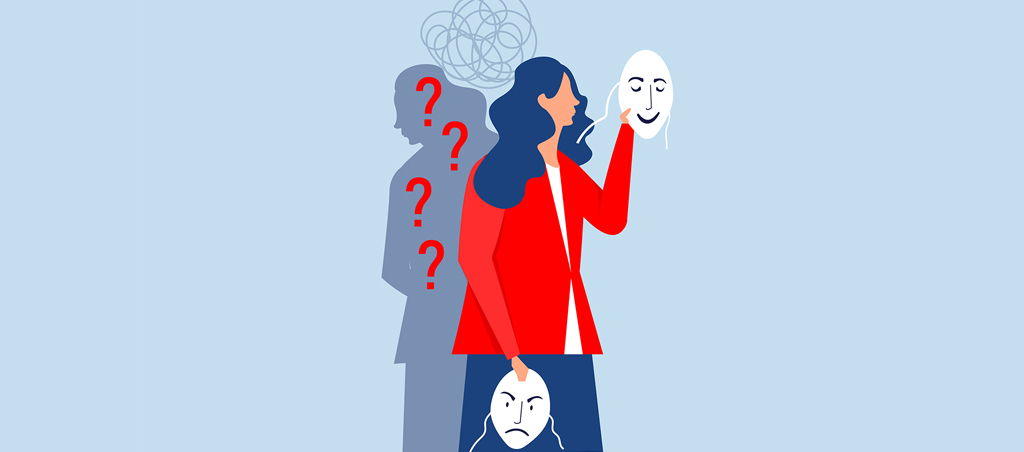
How did we miss the chronic disease epidemic now facing America? And why are we so behind in meeting the needs of the 1 out of 2 adult Americans who suffer from them? I wanted to find out the answer to that question.
So I reached out to Laurie Edwards, author of the upcoming book In the Kingdom of the Sick: A Social History of Chronic Illness in America (due out in April). Laurie teaches writing for the health sciences at Northeastern University. She blogs about chronic illness, health care, and writing at A Chronic Dose.
I asked Laurie, “What has caused us to be so late out of the gate in meeting needs of patients with chronic illness, and in utilizing the new brain body science?
Here is what Laurie had to say:
“By and large, patients with chronic illness still navigate a medical system dominated by the biomedical model of disease, where patients are diagnosed, treated, and dismissed. This strategy is only effective with acute illness; after all, chronic conditions are treatable, but not curable. While many examples of a growing shift from this model exist—more centers with integrative care, or technology that allows patients and doctors to better collaborate in care, to name just a few—much work remains.
Another reason we’re slower to meet the needs of those living with chronic illness is that we get hung up on a limited view of prevention – the idea of preventing illness. For many patients who face chronic conditions, prevention is more about slowing down disease progression.
We need to be realistic about what the chronically ill population looks like. It is tempting to focus more exclusively on conditions like heart disease, diabetes, and lung disease when we think about chronic illness; after all, the seven most common chronic diseases are estimated to cost a staggering $1 trillion annually. But this is an incomplete picture. Some 50 million Americans live with autoimmune disease, and a disproportionate number of these patients are women. An estimated twenty-five percent of the population lives with chronic pain and again, women suffer in higher numbers than men. So many chronic conditions are “invisible illnesses” – and this invisibility shrouds the physical realities that millions of people live with daily.
The gender gap also plays an important role in why chronic disease has been underacknowledged. Research shows female patients’ reports of pain are taken less seriously, treated less aggressively, and they are more likely to be characterized as emotional or psychogenic. Sex-based research into pain is one step. Already, emerging research suggests differences in the ways men and women perceive pain.
Chronic illness is incredibly complex, and these complexities feed into the delay in utilizing new brain-body science. As you write in THE LAST BEST CURE, for so many patients, Western medicine has done all it can. Patients live with ongoing symptoms, try all sorts of lifestyle interventions and alternative therapies, and wonder if this is as good as it will get. While many recognize a fundamental mind-body connection, the idea that the brain itself could hold the key to healing is an enormous paradigm shift. Hopefully, science can give us more answers, and increased collaboration between patients and provides can help us put those answers into practice.”
I thank Laurie for her response to my question. I think it’s spot on. We’re late to address the skyrocketing problem of chronic illness in America, for all the reasons she cites. We have much to do. I hope that THE LAST BEST CURE helps us to better understand the emerging scientific answers and to put those answers into practice.
